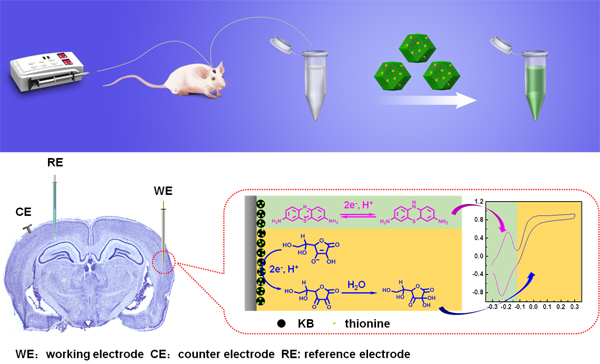Research of the Wei group is at the interface of biomedical sciences and engineering, chemistry, materials science, and nanotechnology. We are designing and developing functional materials for human health, environment, and energy-related applications. We are also applying nanotechnology, combined with other emerging techniques, to address today’s most demanding and daunting challenges in many areas, such as disease diagnostics and therapeutics.
点击这里了解更多近期科研进展. Currently multiple projects are pursued in the group: NANOZYMES
Nanozymes are the catalytic nanomaterials with enzyme mimicking activities. They are considered as the next generation of artificial enzymes due to their advantages over natural enzymes and even conventional artificial enzymes. Currently, we are focusing on the rational design of high performance nanozymes and exploiting their wide applications, especially in biomedicine and bioanalysis. A brief timeline for nanozymes is shown here.

Selected publications: Analytical Chemistry, 2016, 88, 5489-5497. Analytical Chemistry, 2008, 80, 2250-2254. Chemical Society Reviews, 2013, 42, 6060-6093.
FUNCTIONAL NANOMATERIALS: BIOINSPIRED APPROACHES
Functional nanomaterials have attracted enormous attentions due to their superior properties in comparison with the corresponding bulk materials. Though varieties of functional nanomaterials have been synthesized, the rational design and synthesis still remains a great challenge. To tackle this challenge, we are developing biomolecule-coded approaches to directing formation of designed functional nanomaterials by imitating nature (i.e., by mimicking central dogma). Such approaches enable us to rationally design materials with demanded functionalities.

Selected publications: Nature Nanotechnology, 2011, 6, 93-97 Chemistry of Materials, 2007, 19, 2987-2993. Journal of Materials Chemistry B, 2014, 2, 8268-8291.
IN VITRO DIAGNOSIS AND PRECISION MEDCINE
In vitro diagnosis plays a critical role in modern clinical practice as well as in other fields. Traditionally, antibodies are extensively used for developing in vitro diagnostic assays. However, antibodies have several intrinsic limits. Therefore, intensive efforts have been devoted to searching for new biorecognition elements that may be used as alternatives to antibodies. Among them, functional nucleic acids and peptides have received a lot attentions. We are employing both of them to fabricate new bioassays for in vitro diagnosis, which will be translated into precision medicine.

Selected publications: Analytical Chemistry, 2016, 88, 2937-2943. Chemical Science, 2015, 6, 6361-6366. Chemical Communications, 2007, 3735-3737.
BIOANALYSIS IN LIVING SYSTEMS
The ever-increasing interest in bioanalysis in living systems presents a great challenge to the currently established methods, which are partially due to the complexity of the living systems. By exploring the interface of functional nanomaterials with biological systems, we are developing advanced bioanalytical methods and platforms for in vivo detection of biomedically important targets.

Selected publications: Analytical Chemistry, 2016, 88, 5489-5497. Analytical Chemistry, 2016, 88, 2937-2943. Analytical Chemistry, 2015, 87, 8889-8895.
